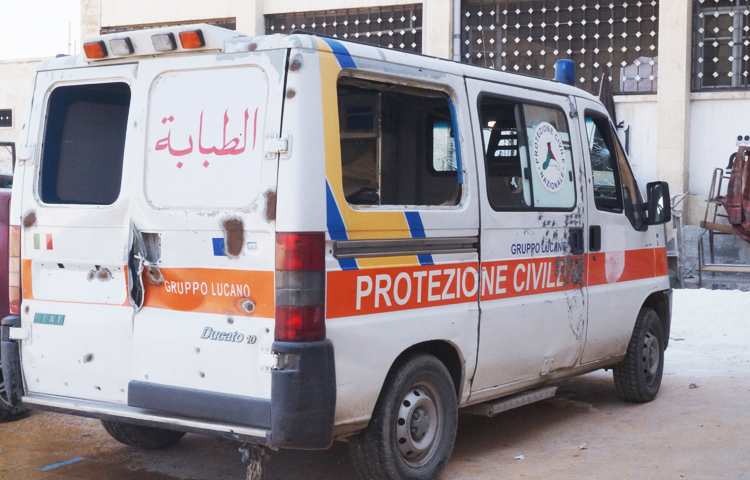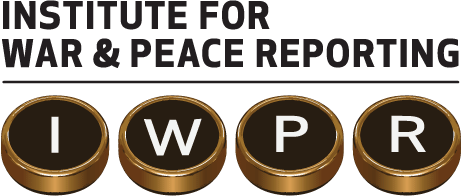Documenting Death in Aleppo

Aleppo is one of the most dangerous places in the world.
In this war-torn city, a team of 18 medical examiners work under exceptionally difficult circumstances to run the only forensic facility in the opposition-held areas.
Together they recover the bodies of people killed by the conflict, document unidentified victims and organise burials.
“The facility was founded in late January, 2013, following the uncovering of a massacre committed by government, when the bodies of more than 100 civilians were recovered from the the river,” director Mohammed Kahil told Damascus Bureau.
“The incident pushed us to establish an entity responsible for documenting the death toll in Aleppo’s opposition-held areas.”
Kahil explained that the facility suffered severe shortages in medical supplies and forensic equipment, and only had one vehicle to recover bodies.
Funding was badly needed to maintain its hectic workflow, the 55 year-old said, adding, “Our work involves several different tasks: pocumenting civilians killed by government attacks, including barrel bombs and missiles, providing the police and judiciary with medical reports when a murder or violation of liberties is committed and documenting missing people who may have been killed or kidnapped by unknown parties who operate against the opposition.”

The forensic team endeavours to identify victims and track down their relatives. When this is not possible, they document the body for future reference.
Khalid Kalaji, head of the documentation unit, explained this process to Damascus Bureau.
“During the course of investigation we take high resolution photographs of unidentified corpses,” the 28 year-old said.
“When someone comes to our facility to ask about a missing person, we refer to our documents and photographs.”
If a body cannot be identified, the forensic team buries it on a small piece of land owned by the facility.
Kalaji recalled one case when the team brought a charred corpse back to the facility. The remains of the deceased man were so badly burnt it was impossible to identify him, so they processed his body and buried him.
A few days later a woman came searching for her missing husband. When describing him, she mentioned he had a scar on his lower back from an operation.
The forensic team referred to their photographs and discovered that the charred body was that of her husband.
Kalaji was visibly distressed as he remembered the widow’s reaction to the devastating news.
He went on to explain that staff members at the facility wash and bury the dead themselves. They then conduct a group prayer for the deceased according to Islamic sharia, usually led by the most senior staff member on duty.
The facility also allows poverty-stricken people without the means to pay for a funeral to bury their loved ones in the cemetery.
Yousef Mohammed, a 36 year-old teacher from Aleppo praised the work carried out by the forensic team.
“Their job is very noble. They grace the dead by burying them. No one seems to care about the scores of war victims that are out there, the only exception being the forensic facility team.”
The team hope to gain some form of support from the Syrian interim government.
Kahil told Damascus Bureau that the only funding they had so far received was from generous friends.
“In the past we used to receive 2,000 US dollars a month which covered the wages of 18 staff members and operational expenses, but for the last five months we have not received any wages or funds to cover our operational needs,” he said.
Taym al-Halabi, a media activist from Aleppo, commended the team for the exceptional work they continued to carry out despite their lack of funding.
The 25 year-old said that despite the pressure they operated under, the team continued to risk their lives to pull dead and wounded people out from underneath the rubble.
Omar Yousef is the pseudonym of a Damascus Bureau contributor from Aleppo, Syria.
Read the Arabic version of this article here
